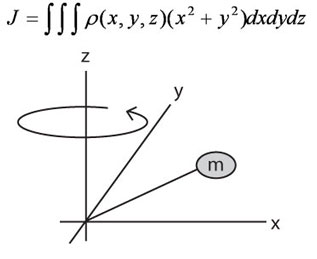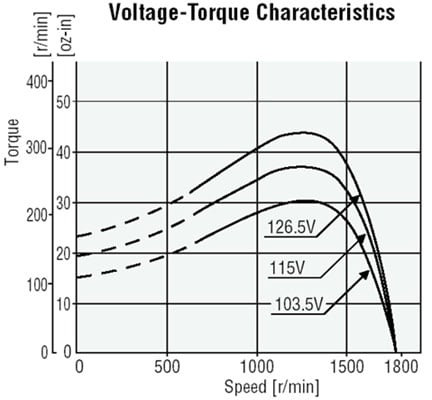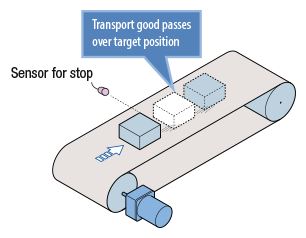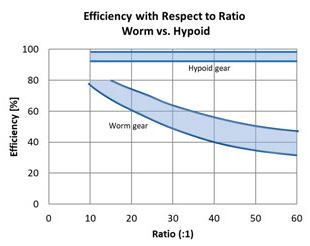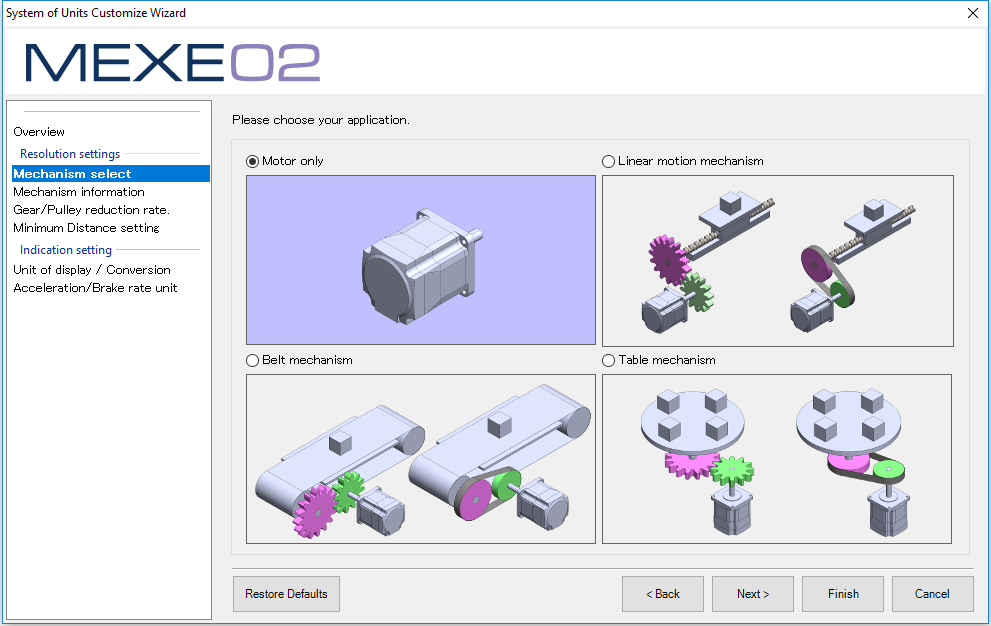Besides load torque, acceleration torque, speed, and load inertia, overlooking certain sizing parameters during the motor sizing process can literally make or break your machine.
Welcome to Oriental Motor's "Engineering Notes" Blog:
Products and technology are only valuable when coupled with skilled people and services to support them. Since 1978, ORIENTAL MOTOR U.S.A. CORP. has been building a service and support system to better serve customers. It is our goal to provide the best product and service from the design phase, through the sale and beyond.
Our blog will feature:
- Introduction to new products and technologies
- Motion control basics and application examples
- Tips for motor selection, programming, and troubleshooting
Motor Sizing Basics Part 4 - How to Calculate Radial Load and Axial Load
Topics: AC Motors, Stepper Motors, Speed Control, Motor Sizing, BLDC Motors, Gearheads, Servo Motors, Motion Control Basics
Motor Sizing Basics Part 3: How to Calculate Speed, Acceleration Torque, and RMS Torque
Now that we understand the calculations behind load torque and load inertia, we're a little closer to motor selection. You might be wondering why I separated load torque and acceleration torque calculations. That's because in order to calculate for acceleration torque, load inertia and speed must be calculated first.
Topics: AC Motors, Stepper Motors, Alphastep Hybrid Control, Linear Actuators, Speed Control, Motor Sizing, BLDC Motors, Servo Motors, Motion Control Basics
Motor Sizing Basics Part 2: How to Calculate Load Inertia
Topics: AC Motors, Stepper Motors, Alphastep Hybrid Control, Linear Actuators, Speed Control, Motor Sizing, BLDC Motors, Gearheads, Servo Motors, Rotary Actuators/Index Tables, Motion Control Basics
Motor Sizing Basics Part 1: How to Calculate Load Torque
Proper sizing of a motor requires that 3 criteria must be met: torque, load inertia, and speed. For the first part of this Motor Sizing Basics series, I will be explaining what load torque is, how to calculate it for specific application examples, and how it fits into the torque requirement for the application.
Topics: AC Motors, Stepper Motors, Alphastep Hybrid Control, Linear Actuators, Speed Control, Motor Sizing, BLDC Motors, Servo Motors, Rotary Actuators/Index Tables, Motion Control Basics, Conveyors
Eliminate Motor Speed Fluctuations Caused By Input Voltage or Load Variance
An AC motor can be simple to use, but its speed changes according to the size of the load or amount of voltage supplied. For an application where keeping a uniform speed is important, there is another type of motor that can improve performance.
Topics: AC Motors, Speed Control, VIDEOS, BLDC Motors, Application Examples
Improve Motor Performance With Redesigned Compact BLDC Drivers
The BLH Series compact BLDC motors and drivers have been around for a long time, and there is a good reason. Customers seem to favor the combination of a highly efficient, compact motor and a light weight board type driver that is easy to use. Having a high torque, flat style hollow shaft gearhead as an option also helps in increasing torque as well as minimizing footprint.
Topics: Torque Limit (Push Motion, Tension Control), Robotics, Speed Control, VIDEOS, BLDC Motors, Software, Bottle Capping, AGV/AMR
Are you using motors for a start/stop conveyor or similar application? While AC motors are a common choice for conveyors, there is a unique speed control motor solution available that could improve stop accuracy as well as reduce footprint and cost of machine designs.
Topics: AC Motors, Stepper Motors, Speed Control, VIDEOS, Application Examples, Conveyors
What motors do you use for pumps? For variable speed pump applications that typically use 3-phase AC induction motors with variable frequency drives (VFDs), there is another type of motor that can transfer fluids more consistently and help reduce footprint.
Topics: AC Motors, Speed Control, VIDEOS, BLDC Motors, Pumps, Application Examples, Medical
Right Angle Gearheads: Why are Hypoid Gears Better Than Worm Gears?
Topics: AC Motors, Speed Control, BLDC Motors, Gearheads
Introduction to the MEXE02 Universal Motion Control Support Software
The MEXE02 support software is a universal motion control and monitor software used with multiple products from Oriental Motor, such as the AZ Series, RK2 Series, BLE2 Series, and BX2 Series. This article is useful for first-time users to gain a quick understanding of the software and what it can do.
Topics: Stepper Motors, Linear Actuators, Speed Control, VIDEOS, BLDC Motors, Software, Servo Motors


